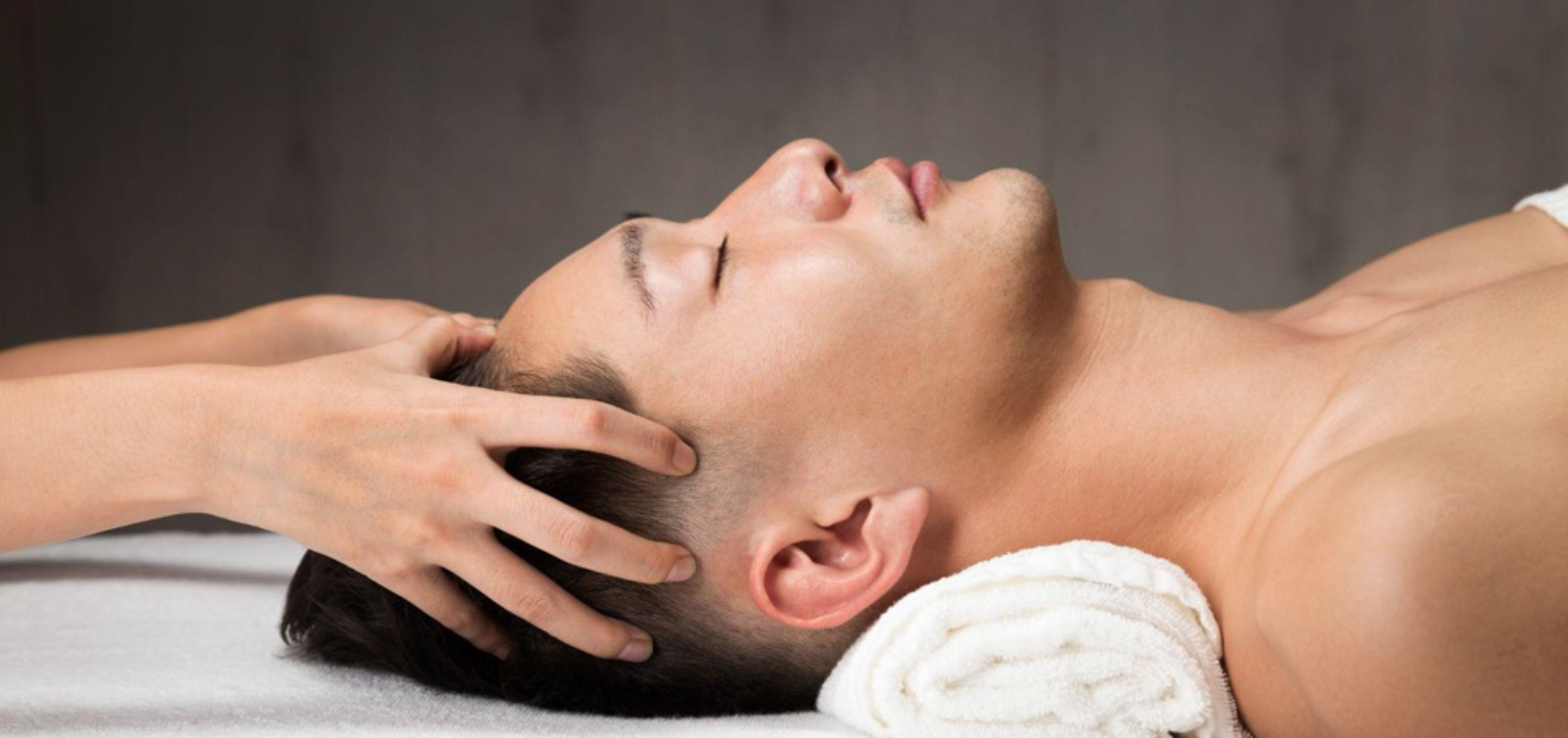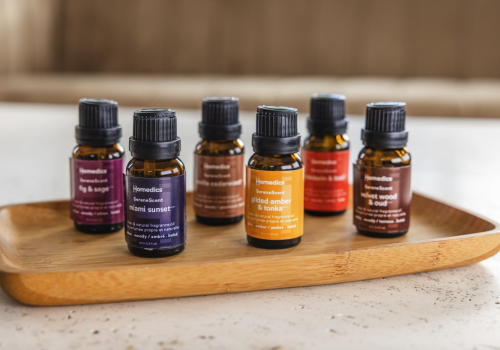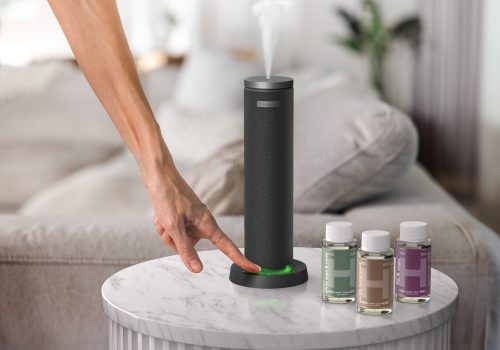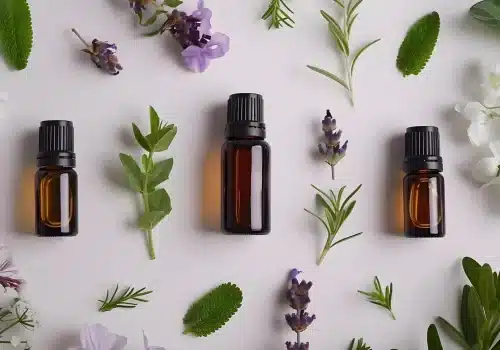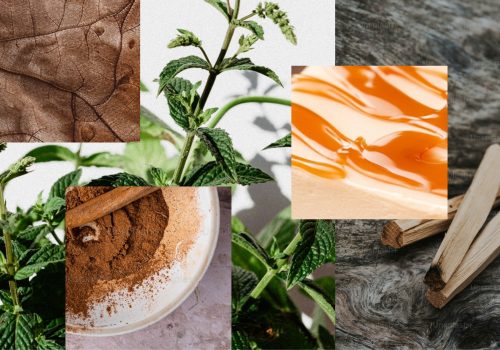How to Massage Scalp: Hair Growth and Benefits
You’ve probably heard about the benefits of getting a massage at the spa or using a handheld massager as part of a post-workout ritual. But do you give your head the same attention when it comes to resting and relaxing?
A scalp massage is one of the simplest ways to soothe the oft-neglected muscles in your head and neck. Scalp massages bring you relief, relaxation, and several other benefits, and they’re simple enough that you can do them daily.
Whether you’re wondering about a scalp massage for hair growth or simply hoping to relieve tension in your head with a soothing massage, here’s how to make a scalp massage the newest addition to your relaxation routine.
What Is a Scalp Massage?
In its simplest form, a scalp massage is a simple way to give yourself a moment of relaxation and peace, taking a few minutes to focus on yourself and appreciate all that’s positive around you.
A scalp massage is a massage for your head that aims to relieve general tension in that upper area of your body, from the top of your head to your jaw and neck. It can be a rewarding daily wind-down activity, something you do on your lunch break at work, or a part of your shower routine.
But why should you massage your head? You might not think a massage on your head would do much, considering most of it feels hard and inflexible.
Believe it or not, there are important muscles in your head that can become tense and tired after a stressful activity or a long day maintaining good posture. A scalp massage may help relieve some discomfort and soreness in the same way massages on other muscles in your body help you feel better.
And you might be surprised to learn that your hair will thank you for regular scalp massages, too.
After hearing that, you might be considering scheduling a professional scalp massage. But you can also give yourself a head massage at home if you don’t want to spend the money or commute to the salon.
Scalp Massage Benefits
You can enjoy several scalp massage benefits with just a few minutes a day, right in the comfort of your home.
Relieve Tension
The muscles in your head and neck can become tense after holding your head up and in good posture for hours or while doing stressful work. Give yourself a rest with a few minutes of a soothing scalp massage.
If you spend long hours sitting in front of a computer, it’s a good idea to give your eyes regular breaks from the screen. You can enhance those breaks by massaging your scalp while you relax, working your fingers, or a head-scratcher into your scalp with steady pressure.
And don’t forget to practice deep breathing while you massage for the fullest relaxation.
Relax and De-stress
Giving yourself a regular scalp massage is a quick and simple way to relax, allowing you to close your eyes, breathe deeply, and massage those tense muscles.
A 2016 study found that scalp massages helped reduce stress hormones in the participants. A scalp massage could be a soothing and valuable part of your daily routine, whether it’s at home or at the office. After all, what’s more relaxing than sitting comfortably on the couch and rubbing your hands through your hair after a long day?
Alleviate Soreness
Do you wear a tight ponytail for long periods, or do you feel discomfort after a busy day of working or traveling? Keeping your hair tied tightly and navigating stressful situations may leave you feeling sore or uncomfortable.
Take 5–10 minutes to give yourself a scalp massage and let any tightness fall away. Let your hair down and use your fingers or a scalp massager to help you unwind.
Care for Your Hair
There’s a commonly asked question about this treatment: can you do a scalp massage for healthy hair growth?
Can Scalp Massages Help with Hair Growth?
Hair loss affects millions of men and women around the world. By age 35, two-thirds of men in the US will experience hair loss, according to the American Hair Loss Association. And women represent 40 percent of the total US population that experiences hair loss.
There are countless treatments available that claim to help slow, stop, or even reverse hair loss, but scalp massage has to be one of the simplest. Several scientific studies have found scalp massage to be effective in promoting healthier hair and limiting hair loss among participants.
- One 2016 study showed that 4 minutes of daily scalp massage resulted in thicker hair for participants after 24 weeks. The research found that the stretching forces of the massage helped change the expression of certain genes to promote hair growth.
- In another example, a 2019 study that had participants perform daily scalp massages of 11–20 minutes showed that the massages helped slow or stop hair loss. More than 68 percent of participants reported that their hair loss had stopped, and some participants also started to see regrowth.
These studies showed positive effects of scalp massage on hair loss and overall scalp health, but results may vary widely between people and circumstances.
How to Give Yourself a Scalp Massage
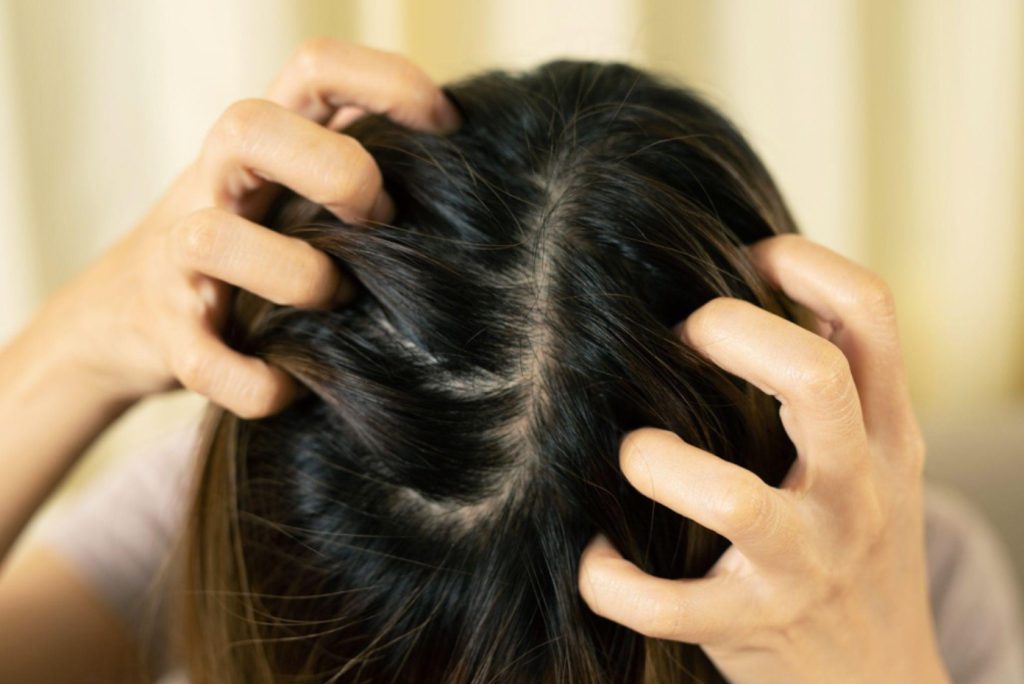
Find a comfortable place to sit where you can spend a few minutes relaxing in peace. Take out any ponytails or buns before you start massaging. You can rest your elbows on pillows to lessen the effort of holding up your hands and arms.
There are different techniques and tools you can use to treat yourself to the most soothing scalp massage.
First, you can keep things extremely simple and use just your fingers to massage your scalp, focusing on pressure points. Or you can buy a scalp massager to make the process a little easier on your fingers. If you have a very generous significant other, they may even be willing to do the massage for you—presumably in return for a scalp massage from you.
When doing a scalp massage by hand, use your fingertips to apply firm, steady pressure to your scalp, targeting pressure points. Rub your fingers in slow, circular motions. Don’t use your nails to scratch your scalp; instead, press with your fingertips and focus on massaging, not scratching.
Massage your entire scalp, moving slowly around the top of your head. You can alternate between rubbing in circular motions and rubbing slowly from front to back and back to front, applying continuous pressure. Work your fingers into the front and sides of your head. Gently massage your temples and the areas behind your ears.
Then, move to the back of your head, jaw, and upper neck, applying steady circular pressure there to help relax the muscles that support your head and release any tension in your jaw. As you work through the different areas of your head, you can occasionally reverse the direction of the movements.
A scalp massage is more than just scratching your head or rubbing your fingers through your hair, the pressure doesn’t have to be hard to feel its soothing effects.
Using Scalp Massagers and Head Scratchers
If your hands get tired too quickly, you can use a scalp massager instead of your fingers to enjoy longer massages.
Scalp massagers come in different forms. Some are simple head-scratchers that have flexible spokes or short plastic or rubber massage points. Some are specially designed for use in the shower, where you can use them to massage shampoo and conditioner into your hair while relieving tension at the same time. You can do a scalp massage on wet or dry hair.
Other scalp massagers are electric and feature vibrations or other mechanical parts. These handheld massagers might not be designed for shower use, but you can still use them for soothing massage sessions at home.
There’s really no time limit for a scalp massage, especially if you’re using a device that keeps your hands from tiring out.
Using Hair Oils and Essential Oils for Scalp Massage
If you want to nourish your hair while you massage your scalp, you can use conditioning products or hair-safe essential oils.2
Make sure you dilute any essential oils with a carrier oil, first. Then, apply a few drops and use your fingers or a head-scratcher to massage your scalp. When you’re finished, simply wash out the essential oil with shampoo.
Enjoy a Simple and Relaxing Scalp Massage
Your scalp might not be the first part of your body that springs to mind when you think about massages, but the muscles in your head can become tired and tense like any others. That’s where scalp massage benefits come into play.
Fortunately, learning how to give yourself a soothing scalp massage is no head-scratcher. To make it even easier, use a scalp massager or handy head-scratcher and enjoy the tension-relieving pressure anytime you need a moment to relax.
Medical Disclaimer: This content is provided for informational purposes only and is not intended to be a substitute for professional medical advice, diagnosis, or treatment.

